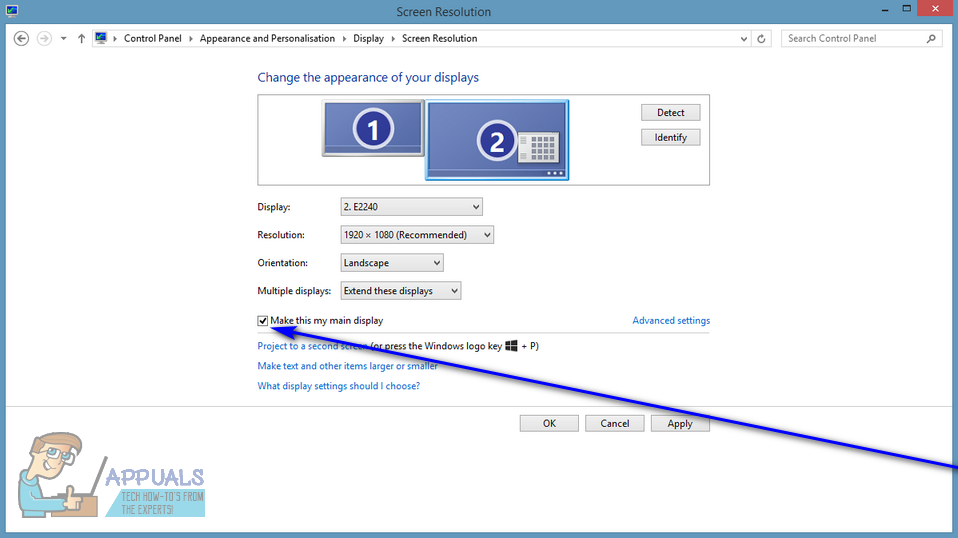
Public static extern IntPtr GetProcessWindowStation() checked, Type: 'SafeWindowStationHandle' checked public static extern IntPtr OpenInputDesktop( uint dwFlags, bool fInherit, uint dwDesiredAccess) checked public static extern IntPtr OpenDesktop( string lpszDesktop, uint dwFlags, bool fInherit, uint dwDesiredAccess) checked public static extern bool CloseDesktop( IntPtr hDesktop) checked public static extern IntPtr CreateDesktop( string lpszDesktop, IntPtr lpszDevice, IntPtr pDevmode, uint dwFlags, uint dwDesiredAccess, IntPtr lpsa) checked public static extern IntPtr GetThreadDesktop( uint dwThreadId) checked public static extern bool SetThreadDesktop( IntPtr hDesktop) checked public static extern bool SwitchDesktop( IntPtr hDesktop) checked public static extern bool EnumDesktopWindows( IntPtr hDesktop, EnumDesktopWindowsProc lpfn, IntPtr lParam)
WINDOWS 10 SWITCH BETWEEN DESKTOPS CODE
I've set the callingconvention to clear the stack (found as solution at many places):Īnyone has the briefest idea what would make the call work? It doesn't tell me precisely which paramterer doesn't fit into the calling convention.Ĭopy Code // checked public static extern bool EnumDesktops( IntPtr hwinsta, EnumDesktopProc lpEnumFunc, IntPtr lParam) I've been googling this for an hour, but nothing worked.Į.g. M_desktop = OpenDesktop(name, 0, true, AccessRights) Check that the calling convention and parameters of the PInvoke signature match the target unmanaged signature. This is likely because the managed PInvoke signature does not match the unmanaged target signature. Managed Debugging Assistant 'PInvokeStackImbalance' has detected a problem in '.App path.'.Īdditional information: A call to PInvoke function '.App.Desktop::OpenDesktop' has unbalanced the stack.

No matter how I try and modify the code, I get the following exception: To jump desktops (unless you want it that way). Making sure your application isn't killed off before it has a chance With this in mind, the only way to delete a desktop which has been accessedīy the user is to be on the desktop, enumerate the processes, and kill them Will return an array of all the processes running on the current input desktop What I have done, is provided the GetInputProcesses method, which So far, I have been unable to get a list of processes running on aĭesktop other than the input desktop (nor am I certain this is possible), but To kill all processes running on it, at which point, it is automaticallyĭeleted. Deleting Desktopsĭeleting a desktop is a little trickier. Process p = Desktop.CreateProcess( " calc.exe", " myDesktop") ĬreateProcess methods, which can be used for killing the process, Process p = desktop.CreateProcess( " calc.exe") You can quickly get back to normal by hitting Ctrl+Alt+Up Arrow.Desktop desktop = Desktop.OpenDesktop( " myDesktop") If you hit Ctrl+ Alt+Arrow (right/left) by accident, instead of Ctrl+ Win+Arrow (right/left), you may change the orientation of your screen from vertical to horizontal.
WINDOWS 10 SWITCH BETWEEN DESKTOPS WINDOWS
You will not be able to change the default keyboard shortcuts within Windows or in the registry.

You will not be able to rename the titles of the virtual desktops in Task View.If you have a Remote Desktop session open full-screen in one of your virtual desktops, you will not be able to use the Ctrl + Win + Left/Right arrows shortcut to move to a different virtual desktop.If you shut down your computer with some applications open, your virtual desktops will still be there on the next startup, but your applications will not reopen in their previous locations.



 0 kommentar(er)
0 kommentar(er)
